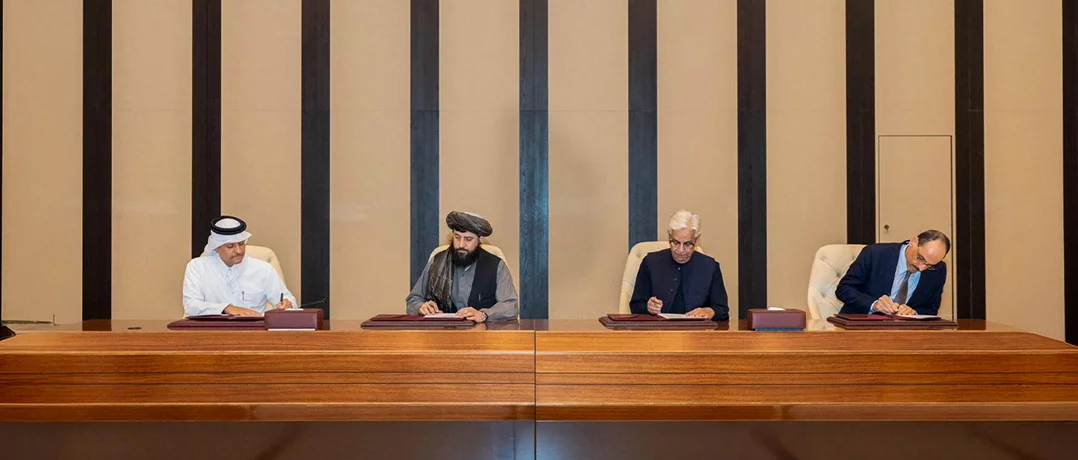Clashes between Pakistan and Afghanistan erupted over border issues, the TTP, and ceasefire violations.
Hopes for Afghani-Pakistani peace crumble in Istanbul
Hopes for Afghani-Pakistani peace crumble in Istanbul


On November 6, 2025, Pakistani and Afghanistan officials held peace talks in Turkey as a means to ease rising tensions and try to reach common grounds to ensure peace along their borders. The meeting in Istanbul included key mediators, Turkey and Qatar, to help in bridging viewpoints between the contending parties to the conflict.
However, what was intended to be fulfilled failed to materialize. Instead of achieving enduring peace, negotiations faltered and ended without an agreement, as both countries traded blame for their breakdown. Kabul accused its counterpart of requesting demands that were “unreasonable”, while Islamabad believed that Afghanistan has fallen short of its obligation to harbouring an anti-Pakistani militant group, the Tehrik-e-Taliban Pakistan (TTP), or Pakistan Taliban, in its own lands. Meanwhile, both sides accused one another of breaching the ceasefire brokered by Qatar on October 19, 2025. Afghan government spokesperson Zabiullah Mujahid even claimed that “if war breaks out, we have the right to defend ourselves,” however reassured that his country does not want “insecurity in the region, and entering into war is not our first choice.”
The deadly October attacks
On October 9, 2025, fierce and deadly clashes erupted between Pakistan and Afghanistan, marking the worst between the two South Asian countries since the Taliban took over Kabul in 2021 (following the controversial United States withdrawal).
The clashes began as three explosions hit Afghanistan (2 in Kabul and another third one in Paktika), which the Taliban accused its neighbour of standing behind them. Islamabad resorted neither confirmed nor denied its involvement but instead highlighted the need for Kabul to crackdown on the TTP. What followed proved to be much more devastating. Both sides engaged in a brief military showdown, resulting in almost 70 casualties and over 100 injuries, before a ceasefire agreement was reached in Doha, Qatar on October 19, 2025.
The driving causes behind the animosity and recent clashes
The underlining causes for the clashes and ongoing animosity stem from 2 critical issues:
Borders: border disagreements between Pakistan and Afghanistan has been a sticking point since 1893. Back then, British diplomat Mortimer Durand established the “Duran Line,” a 2,611-kilometer (1,622-mile) border between both countries. The contentious issue revolves around a symbolic area called Pashtun. The latter is internationally recognized as Pakistani territory (along its western border), however Kabul refuses till this day to accept this existing situation. The reason is clear and symbolic: Pashtun is home to Afghanistan’s largest ethnic group (Pashtuns) and the birthplace of the Afghan Taliban movement. The latter, which originated in the 1990s, are a predominantly Pashtun, Islamic fundamentalist group, consisting primarily of Pashtun students from religious schools in Afghanistan and Pakistan.
Tehrik-e-Taliban Pakistan (TTP): the TTP, created in 2007 and comprising of various outlawed groups that agreed to work together against Pakistan and support the Afghan Taliban, has long been a pressing and security issue for Pakistan. The latter accuses its neighbor of harboring the Pakistan Taliban on its soil, using it as a safe launchpad for its bombings and gun attacks against Islamabad’s territory and population. As for Afghanistan, it has long denied such allegations, accusing in return Islamabad of using this pretext to launch deadly operations against its sovereignty.


